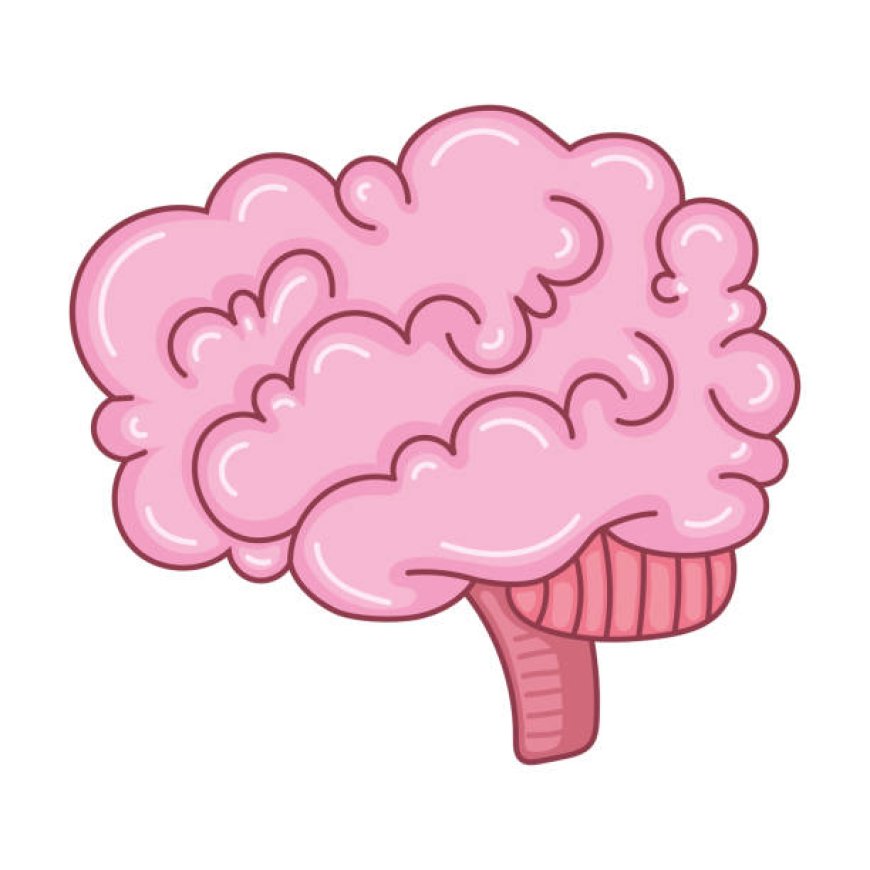What is the Primary Function of the Neocortex in the Human Brain?
The human brain, a marvel of biological engineering, is composed of various structures, each with specific functions crucial for survival and advanced cognitive abilities. Among these, the neocortex stands out as a critical component, especially in humans.

The neocortex, also known as the cerebral cortex, is the part of the brain responsible for higher-order brain functions, including sensory perception, cognition, generation of motor commands, spatial reasoning, and language. Understanding the primary functions of the neocortex provides insight into how the human brain operates and how it distinguishes humans from other species.
Structure and Location of the Neocortex
The neocortex is the outermost layer of the brain, covering the cerebral hemispheres. It is a part of the larger cerebral cortex and is divided into two hemispheres, each controlling opposite sides of the body. The neocortex itself is divided into six layers of neuronal cell bodies and is characterized by its convoluted surface, which increases the surface area and allows for a greater number of neurons to be packed into a smaller space. This increased surface area is one reason why the neocortex can support complex functions.
Sensory Perception
One of the primary functions of the neocortex is sensory perception. The neocortex processes information from the sensory organs, including the eyes, ears, skin, and nose. Different regions of the neocortex are specialized for processing different types of sensory information. For example, the occipital lobe, located at the back of the brain, is primarily responsible for visual processing. The temporal lobes, situated on the sides of the brain, handle auditory information. The parietal lobe processes information related to touch, temperature, and spatial awareness.
When sensory information is received, it is first processed in the primary sensory areas of the neocortex. From there, the information is relayed to secondary and tertiary areas for more complex processing. This hierarchical processing allows for the integration of sensory information, enabling humans to perceive and interpret the world around them accurately.
Cognitive Functions
The neocortex is also crucial for higher cognitive functions. These include thinking, problem-solving, planning, and decision-making. The prefrontal cortex, located in the front part of the neocortex, is particularly important for these executive functions. It allows humans to engage in abstract thinking, foresee the consequences of actions, and make plans for the future.
Moreover, the neocortex is involved in working memory, which is the ability to hold and manipulate information over short periods. This function is essential for tasks that require concentration and mental manipulation, such as arithmetic calculations or understanding complex sentences.
Language and Communication
Language is another area where the neocortex plays a vital role. The ability to use and understand language is a defining feature of humans, and it is largely mediated by the neocortex. Specific areas within the neocortex, such as Broca’s area and Wernicke’s area, are responsible for different aspects of language. Broca’s area, located in the frontal lobe, is involved in speech production and articulation. Wernicke’s area, located in the temporal lobe, is crucial for language comprehension.
Damage to these areas can result in aphasia, a condition characterized by difficulties in producing or understanding language. This highlights the critical role of the neocortex in enabling humans to communicate complex ideas and emotions effectively.
Motor Control
The neocortex is also responsible for the generation and control of voluntary motor commands. The primary motor cortex, located in the frontal lobe, is directly involved in the execution of movements. It sends signals to the spinal cord, which then relays these signals to the muscles, causing them to contract and produce movement.
In addition to the primary motor cortex, the neocortex includes secondary motor areas, such as the premotor cortex and the supplementary motor area. These regions are involved in the planning and coordination of movements, ensuring that actions are smooth and precise. This complex motor control is essential for activities ranging from walking and grasping objects to playing musical instruments and engaging in sports.
Spatial Reasoning and Navigation
Spatial reasoning and navigation are other critical functions of the neocortex. The parietal lobe, in particular, is involved in processing spatial information and helping individuals navigate their environment. This includes understanding the position of objects in space, judging distances, and planning movements in a three-dimensional world.
Spatial reasoning is crucial for everyday activities, such as driving a car, playing sports, and even finding one's way around a city. It allows individuals to interact with their environment in a meaningful and effective way.
Integration of Functions
One of the most remarkable aspects of the neocortex is its ability to integrate information from different sensory modalities and cognitive processes. This integration allows for a coherent perception of the world and the ability to respond appropriately to complex stimuli. For example, when driving a car, the neocortex integrates visual information from the eyes, auditory information from the ears, and tactile information from the hands on the steering wheel. It then uses this integrated information to make decisions, such as when to turn or brake.
Conclusion
In summary, the primary function of the neocortex in the human brain is to enable higher-order brain functions, including sensory perception, cognition, language, motor control, and spatial reasoning. Its complex structure and connectivity allow it to process and integrate vast amounts of information, making it essential for the sophisticated behaviors and abilities that characterize humans. Understanding the neocortex's functions provides insight into what makes the human brain unique and highlights the intricate processes that underlie everyday activities and advanced cognitive functions.
What's Your Reaction?
























